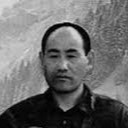
1942 - 2017
Gen Sekine
Summary
Name:
Years Active:
1993Birth:
January 02, 1942Status:
DeceasedClass:
Serial KillerVictims:
4+Method:
PoisoningDeath:
March 27, 2017Nationality:
Japan
1942 - 2017
Gen Sekine
Summary: Serial Killer
Name:
Gen SekineStatus:
DeceasedVictims:
4+Method:
PoisoningNationality:
JapanBirth:
January 02, 1942Death:
March 27, 2017Years Active:
1993bio
Gen Sekine was born on January 2, 1942, in Chichibuu, Saitama Prefecture, Japan. After finishing high school, he took a job at a pachinko parlor, which is a type of gambling venue. He then moved on to work at a Chinese restaurant in his hometown. One night, this restaurant caught fire, resulting in the death of the owner. There were rumors that Sekine had a hand in starting the fire and killing the owner, but no proof ever surfaced.
In his twenties, Sekine developed an interest in dog breeding. He became well-known in the breeding industry for promoting the Alaskan Malamute breed in Japan. Some accounts suggest he also popularized Siberian Huskies during this time. He ran a pet shop and an animal leasing business in Chichibu. However, he gained a reputation for unethical business practices. Reports indicate that he would steal dogs, kill customers' pets, and sell them new dogs instead. People in the community also reported that he cared for dangerous animals like tigers and lions.
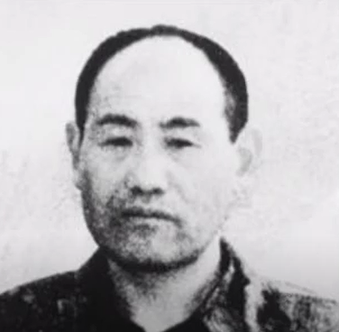
As tensions grew with local yakuza, a term used for Japanese organized crime, Sekine temporarily moved to Itō in Shizuoka Prefecture. He returned to Saitama Prefecture in 1982 and opened a new kennel called Africa Kennel in Kumagaya. Sekine was skilled at reading people's behavior, which attracted many to his lively personality. However, many others kept their distance because of his threatening nature and ties to yakuza. He was known to tell many lies, including one about how he lost a pinky finger. He claimed a lion bit it off in Africa, but the truth was that he had it cut off by yakuza members due to unpaid debts.
Sekine had a personal philosophy regarding life and death, which he called his "murder philosophy." This philosophy included rules on how to approach killing, though specifics of these beliefs are not discussed here. He was also described as someone who was often nervous and small-minded, despite his bold claims of being able to commit the perfect crime without getting caught.
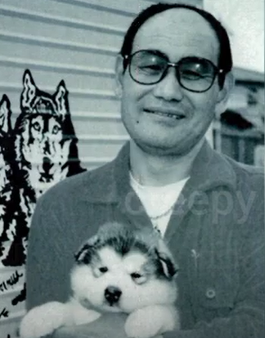
murder story
Gen Sekine was involved in a series of murders between April and August 1993. His first known victim was Akio Kawasaki, a 39-year-old executive. Sekine invited Kawasaki to his car and served him a drink laced with cyanide, which resulted in Kawasaki's immediate death. Sekine then dismembered the body in a bathroom and instructed his accomplice, Eikō Yamazaki, to dispose of the remains and the car in Tokyo. The body parts were eventually dumped in rivers and forests.
Sekine's next victims were Yasutoshi Endo, a known gangster, and his chauffeur, Susumu Wakui. They were killed on the night of July 21, 1993, after being given drinks laced with strychnine. While Endo died quickly, Wakui began to suffer and convulsed before succumbing. Their bodies were similarly dismembered and incinerated, with the remains scattered in rivers.
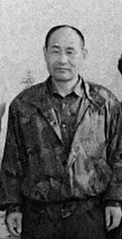
Mitsue Sekiguchi, a housewife, became another victim on August 26, 1993. Sekine killed her with strychnine and stole 2.7 million yen from her. After dismembering her body, he burned the remains and discarded the ashes in a river.
The police started connecting these cases when reports of Kawasaki's disappearance surfaced. An investigation revealed links between Sekine and multiple missing persons. Eventually, Yamazaki, who was initially apprehensive, confessed to his involvement. His cooperation led to the arrests of Sekine and his accomplice, Hiroko Kazama, in January 1995.
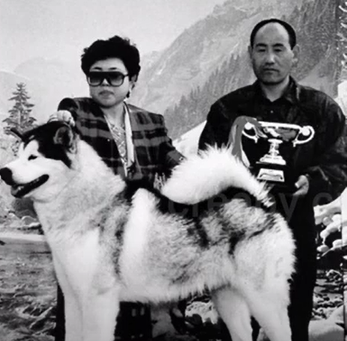
During the investigation, police searched various locations based on Yamazaki's hints. They discovered bone fragments and personal items belonging to the victims. The trials began in 1995, with Sekine and Kazama ultimately being sentenced to death for their crimes. Sekine died in custody in March 2017 due to multiple organ failure.